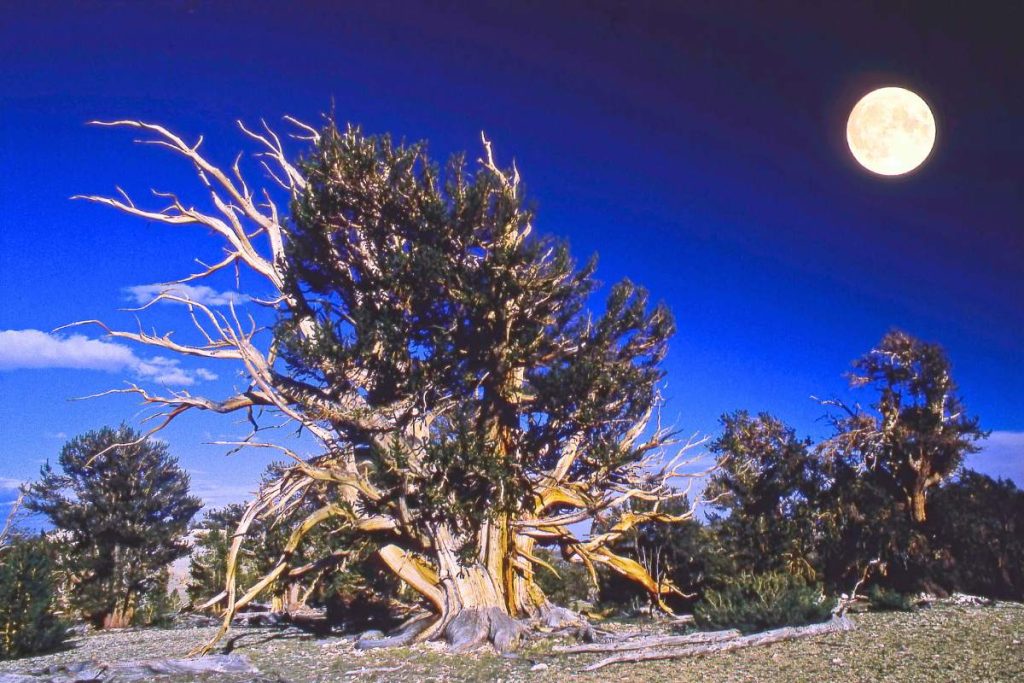In this article, we explore the remarkable journey of this ancient tree, its unique age estimation process, and the awe it inspires as the world’s oldest-known an aged 5000 years old tree that defies time.
The Timeless Beauty and Resilience of Bristlecone Pines
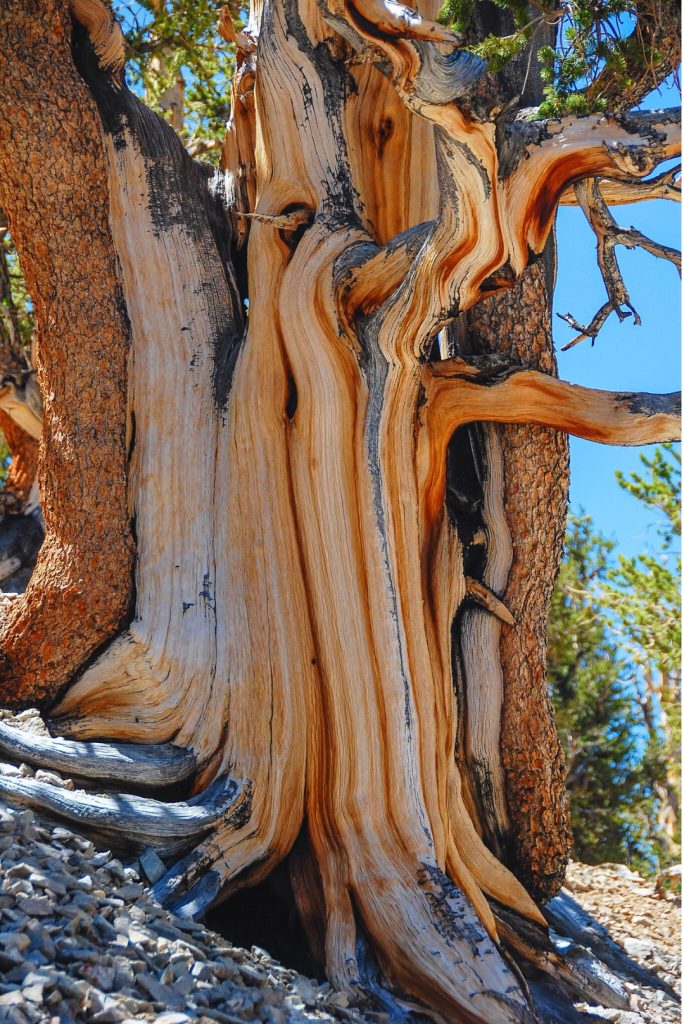
In this blog post, we delve into the fascinating world of bristlecone pines, the ancient trees that have stood the test of time. The featured image showcases the intricate, weathered trunk of an old bristlecone pine, highlighting its unique textures and forms. Despite harsh conditions, these trees thrive, with only portions of their bark remaining alive, illustrating their incredible resilience. We explore the ecological significance of bristlecone pines, their adaptations to extreme environments, and their role in scientific research. Join us as we uncover the secrets of these living relics and their stories of endurance through the ages.
Determining the exact age of a bristlecone pine from an image alone is not possible, as it requires careful analysis through methods like tree-ring dating (dendrochronology). Bristlecone pines are known to be some of the oldest living trees on Earth, with some individuals exceeding 4,000 years of age.
The specific tree in the image, with its deeply grooved, weathered bark and partially living sections, suggests it could be very old, likely several thousand years old. To provide a precise age, scientists would typically take a core sample to count the growth rings.
For context, here are some facts about bristlecone pines:
– Bristlecone pines (Pinus longaeva) can live for over 5,000 years.
– They are found in high-altitude regions of the Western United States, such as California, Nevada, and Utah.
– The oldest known bristlecone pine, named Methuselah, is over 4,800 years old.
The tree in the image is a remarkable example of nature’s longevity and resilience.
The Bristlecone Pines of Bryce Canyon
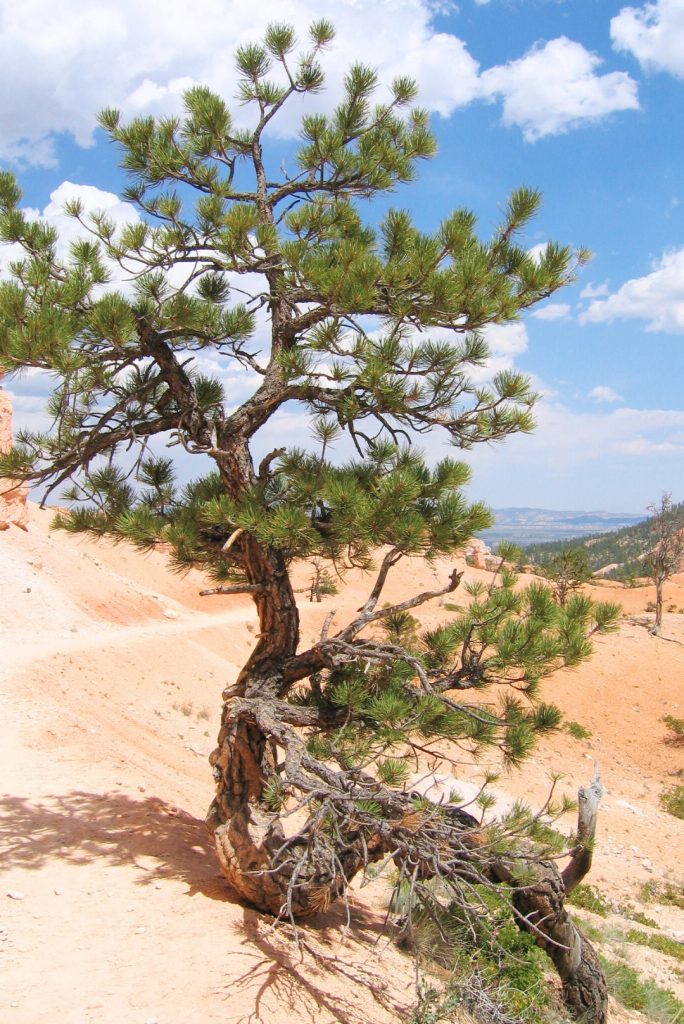
In this blog post, we explore the remarkable bristlecone pines of Bryce Canyon, focusing on their unique beauty and impressive longevity. The image highlights a resilient bristlecone pine near the canyon’s rim, showcasing its gnarled trunk and verdant needles against a stunning desert backdrop. These trees, some over 1,600 years old, are among the oldest living organisms on Earth, with the oldest known bristlecone pine reaching nearly 5,000 years. We delve into the environmental conditions that contribute to their long life, their ecological importance, and their role in scientific research. Join us as we celebrate the timeless majesty of these ancient sentinels of nature.
The specific bristlecone pine in the image is likely several hundred to over a thousand years old, considering its size and the environment in which it grows. However, without precise dating methods like counting growth rings, the exact age cannot be determined from the photograph alone. The oldest known bristlecone pine in Bryce Canyon is about 1,600 years old.
Biking Through an Ancient Redwood Tree
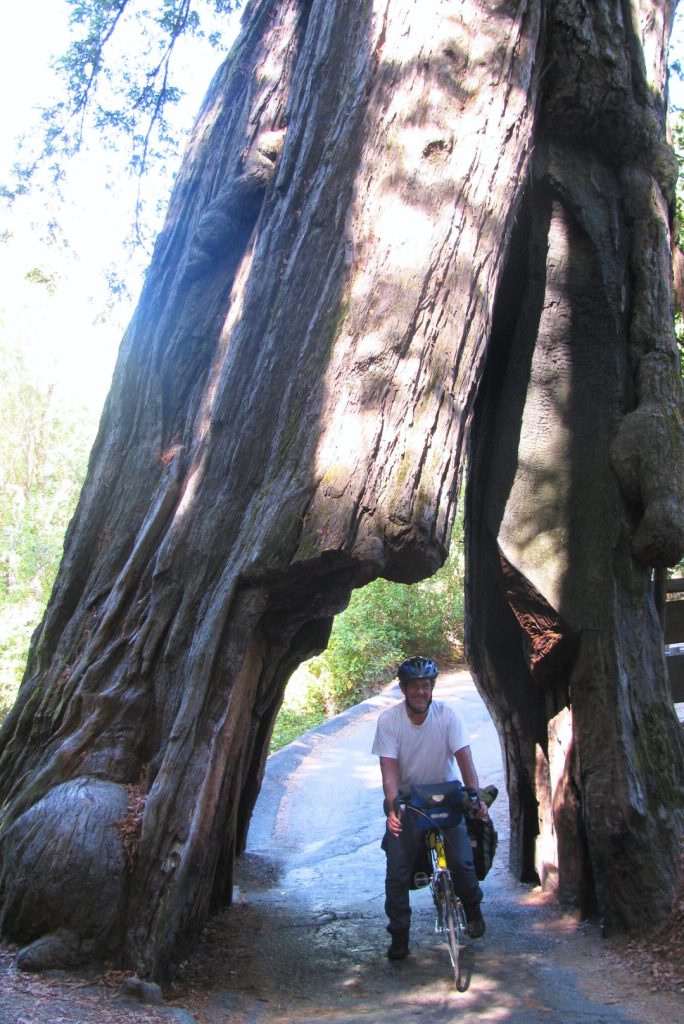
In this blog post, the author recounts an exhilarating experience of cycling through a magnificent, ancient redwood tree. Nestled in the heart of a lush forest, this giant tree stands as a testament to nature’s enduring beauty and resilience. The author captures the awe-inspiring moment of riding through the naturally formed tunnel in the tree, reflecting on the incredible history it represents. With over 5,000 years of life, this tree has witnessed millennia of changes and continues to stand tall, offering a unique and humbling experience for all who visit.
The tree is approximately 5,000 years old.
The Timeless Sentinel: A Glimpse into Arboreal History
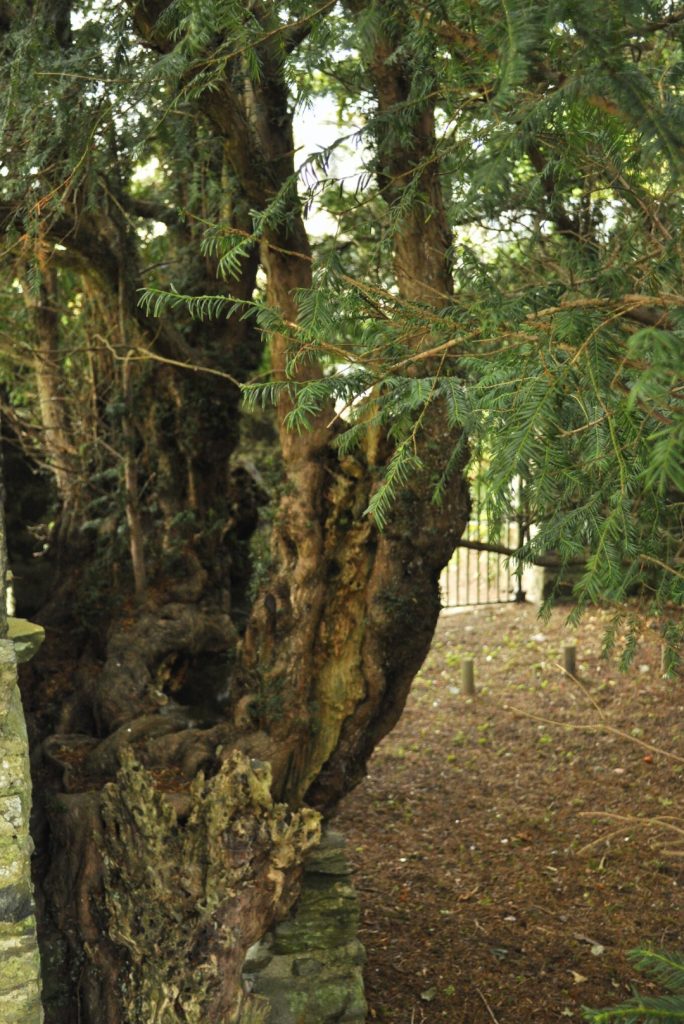
Explore the enduring legacy of one of nature’s most steadfast guardians. This blog post delves into the life and times of an ancient coniferous tree, standing as a testament to resilience and natural beauty. Discover the secrets it holds within its hollow trunk and learn about its significance to both the ecosystem it thrives in and the cultural heritage it represents.
As for the exact age of this remarkable tree, determining it from the image alone is challenging. However, based on the size and condition of the trunk, it likely spans several decades to centuries. Possibly 5000 years old tree.
The Ancient Tree – 5000 years old tree
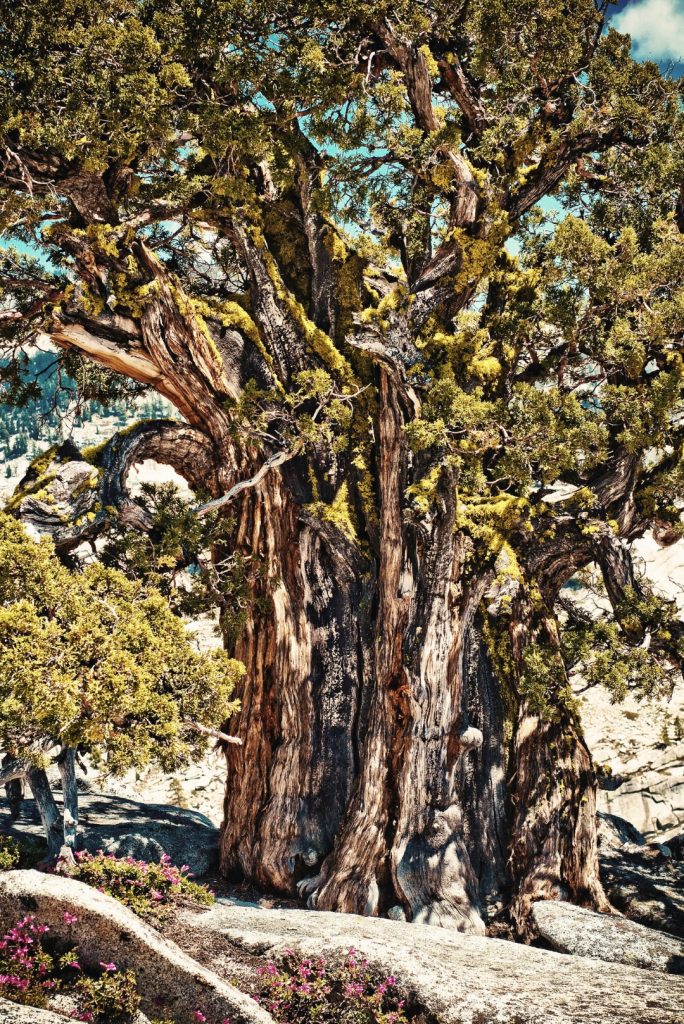
Discover the enduring legacy of one of nature’s most steadfast guardians. This blog post delves into the life and times of an ancient coniferous tree, standing as a testament to resilience and natural beauty. We’ll unlock the secrets hidden within its hollow trunk and explore its significance to the thriving ecosystem and the cultural heritage it represents.
As for the exact age of this remarkable tree, determining it from the image alone is challenging. However, based on the size of its thick, gnarled trunk and the deeply furrowed bark—often indicative of old age—it’s likely several hundred years old.
Prometheus, a venerable Bristlecone pine, stood sentinel in the cirque below Wheeler Peak for an astonishing 4,844 years. Its gnarled branches whispered tales of resilience, etched by centuries of wind, sun, and snow. But fate intervened—the saw’s blade met ancient wood, and Prometheus fell, leaving behind a legacy etched in rings and memories.
The Unveiling the Age of Nature’s Giants
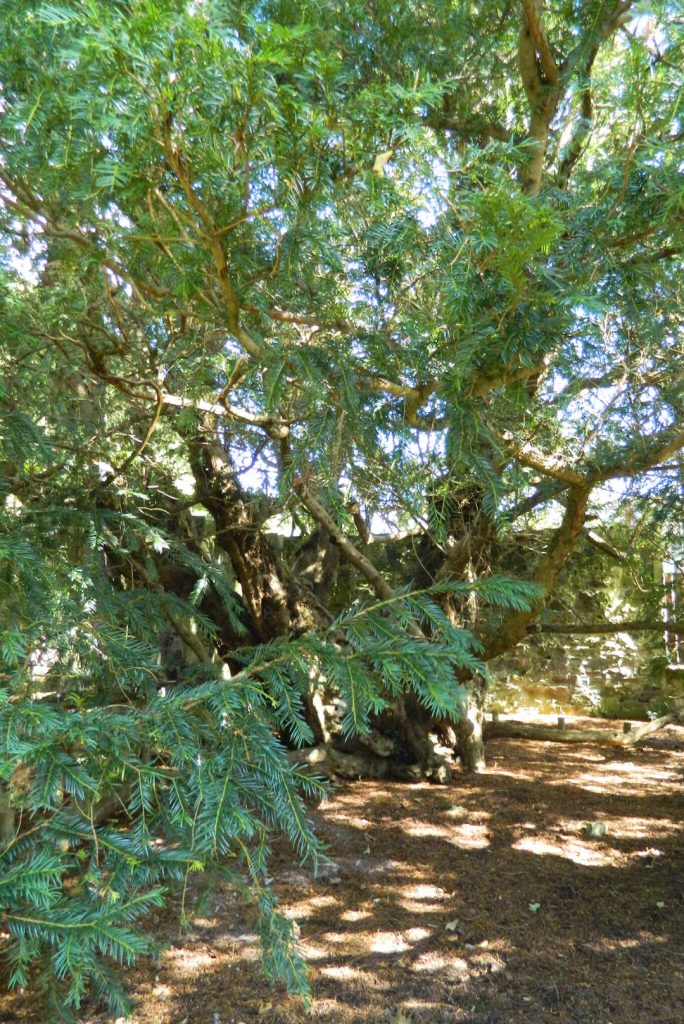
Discover the enduring legacy of one of nature’s most steadfast guardians. This blog post delves into the life and times of an ancient coniferous tree, standing as a testament to resilience and natural beauty. We’ll unlock the secrets hidden within its hollow trunk and explore its significance to both the thriving ecosystem and the cultural heritage it represents.
As for the exact age of this remarkable tree, determining it from the image alone is challenging. However, based on the size of its thick, gnarled trunk and the deeply furrowed bark—often indicative of old age—it’s likely several hundred years old.
It is estimated to be between 5,000 and 9,000 years old, making it one of the oldest living organisms in Europe. The tree’s once massive trunk, which was approximately 52 feet (16 meters) in girth when first recorded in writing in 1769, has since split into several separate stems. This natural decay reduced the center of the trunk down to ground level by 1770. Despite this, the tree remains in good health and may last for many more centuries.
Nature’s Architecture: A Living Archway
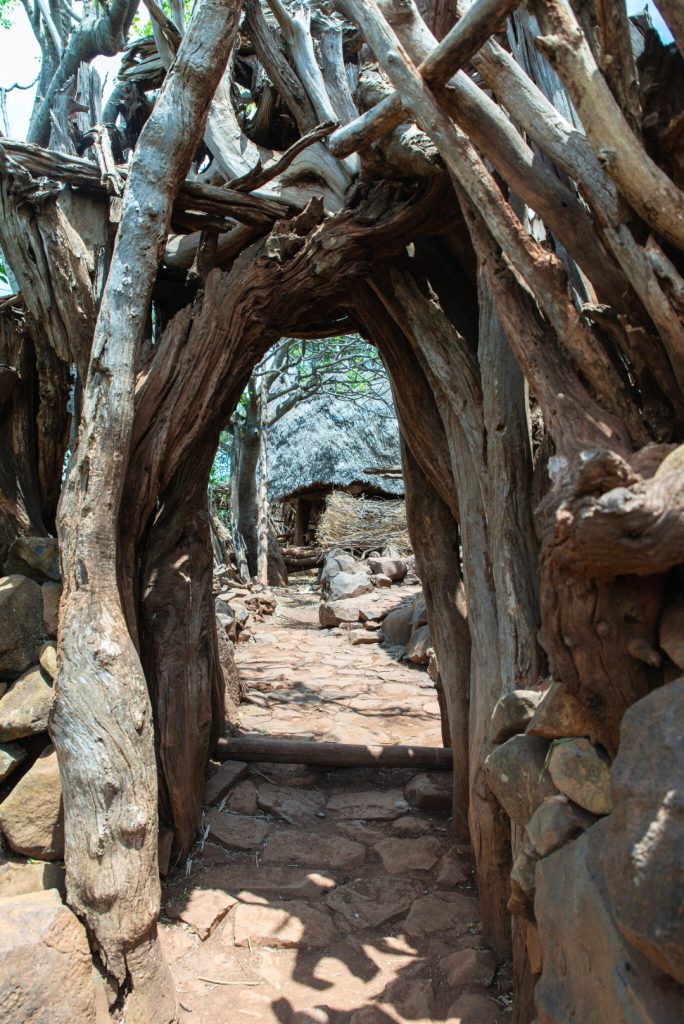
Explore the marvels of natural design through this captivating blog post that delves into an ancient tree’s transformation into a stunning archway. Discover how time and growth have intertwined to create not just a pathway but a testament to nature’s enduring artistry.
As for the age of the tree, determining the exact number of years from the image alone is challenging. However, given its size and apparent maturity, it can be inferred that it has been growing for several decades at least.
The Konso also referred to as the Xonsita, constitute a Lowland East Cushitic-speaking ethnic group predominantly residing in south-central Ethiopia. Estimates age 5000 years ago.
The Giant Kapok Tree: A Testament to Nature’s Majesty
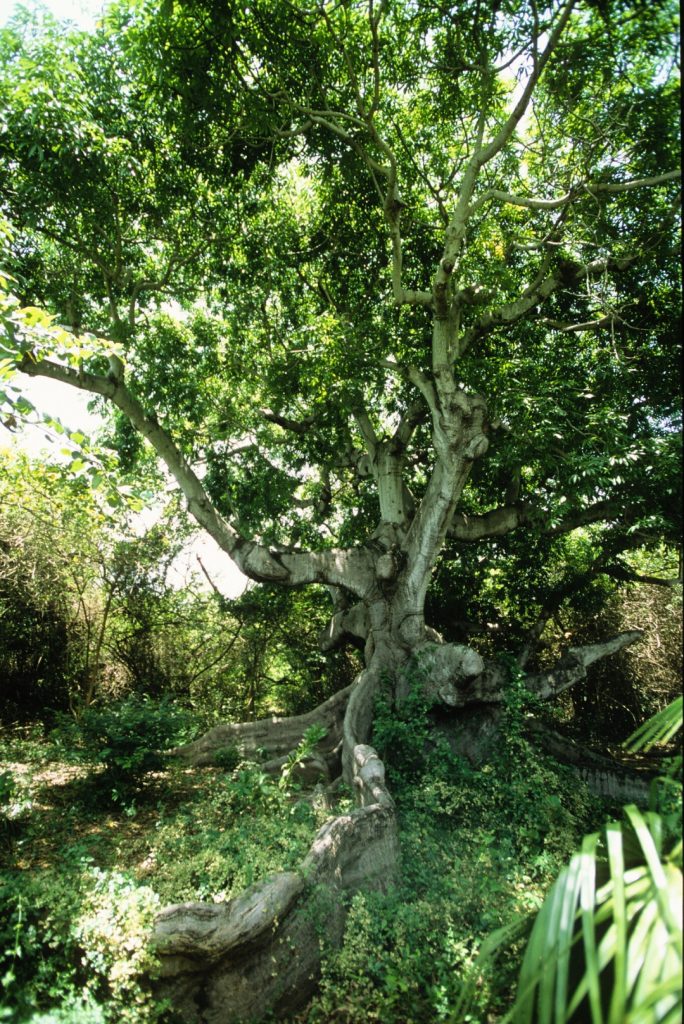
The blog post delves into the awe-inspiring beauty of an ancient tree. With its sprawling canopy, thick trunk, and countless branches, this arboreal giant stands as a testament to resilience and strength. Through seasons and storms, it remains unwavering—a living witness to the passage of time and the majesty of nature.
The oldest living tree in Curaçao is an impressive kapok tree located in Barber. This remarkable tree has been standing for a respectable 800 years. Its gigantic trunk, shaped by centuries of growth, makes it a natural monument and a testament to the island’s history.
Ancient Arboreal Wonders
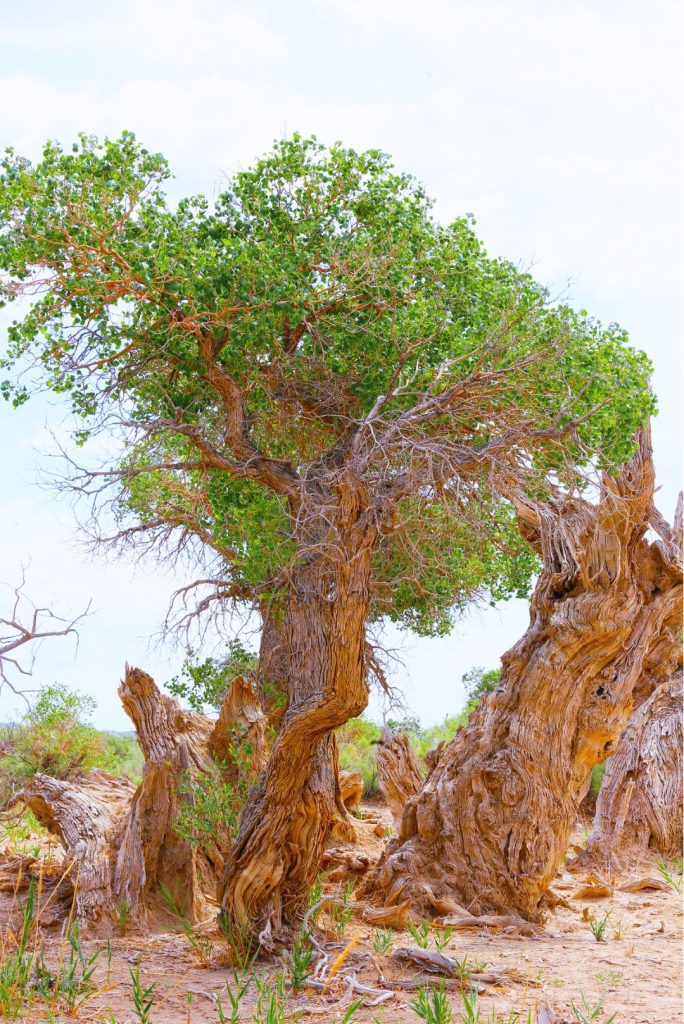
These gnarled giants, the Xinjiang Wu-Young trees, stand as the last remnants of an ancient forest. Their twisted trunks and lush canopies tell a story of survival and resilience.
We explore the remarkable Xinjiang Wu-Young trees—a rare species that defies time. These arboreal elders have witnessed millennia, their roots anchoring them to history. Some of these venerable trees date back an astonishing 5,000 years, making them living relics. Their significance extends beyond mere botanical wonders; they are a testament to nature’s endurance and the intricate dance between life and time.
Dendrochronological methods or core samples would be necessary to accurately determine these trees’ exact age. But their presence alone speaks volumes—a whisper from the past echoing through the ages.
A Glimpse into the Longevity of Alerce Trees
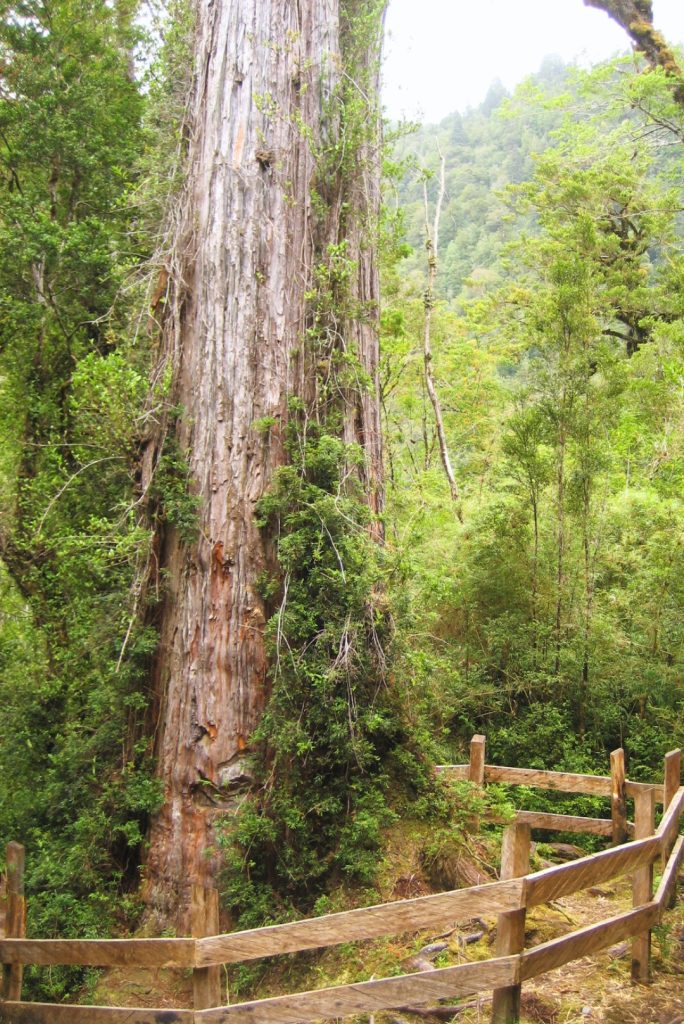
This blog post delves into the awe-inspiring Alerce Milenario, the “great-grandfather” tree. Situated within Chile’s Alerce Costero National Park, this majestic Patagonian cypress has defied time, surviving fires and logging for approximately 5,484 years. Unlike traditional dendrochronology methods, which rely on counting rings, researchers used statistical modeling to estimate its age. If accurate, this makes Alerce Milenario even older than the renowned Methuselah, a 4,853-year-old bristlecone pine in California. Discover the ecological significance and resilience of these ancient giants.
The Timeless Sentinel: A Glimpse into Nature’s Grandeur
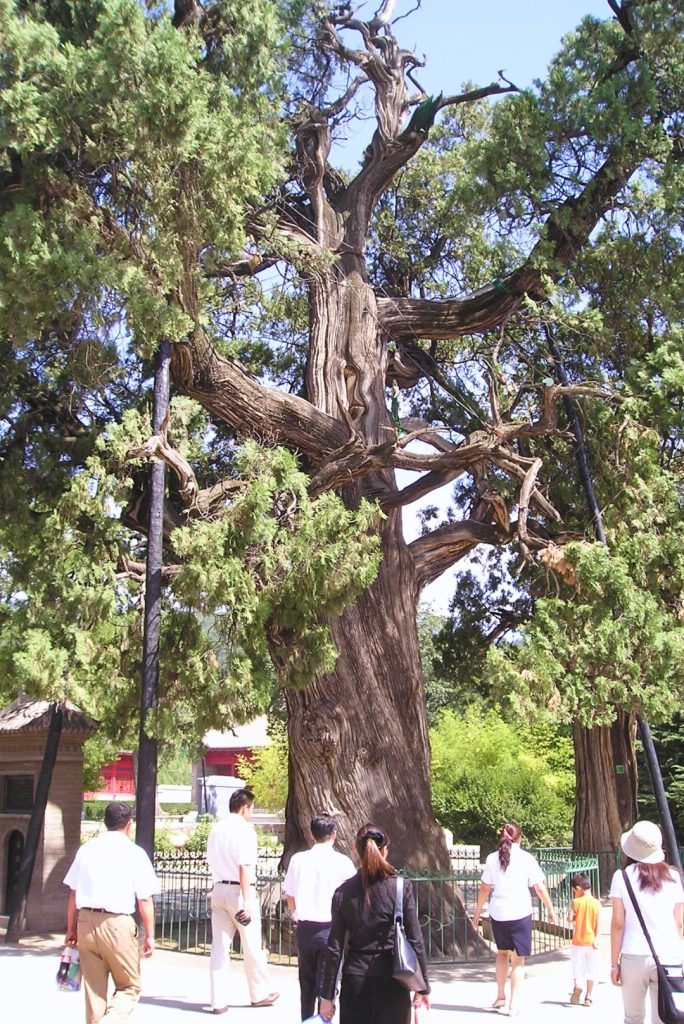
This captivating blog post invites readers to explore the majesty and history of an ancient tree that has stood the test of time. Through its twisted branches and sturdy trunk, we uncover the natural wonder that continues to awe visitors year after year. Join us as we celebrate the enduring legacy of this living monument, etched with stories and resilience.
As for the age of this remarkable tree, estimating it from visual inspection alone is challenging. However, based on general knowledge about trees with similar characteristics (large girth, height, and presence of dead branches), one could infer that they might be several hundred years old. To provide a precise age estimation, additional information such as species identification or data from methods like dendrochronology (tree-ring dating) would be necessary.
Conclusion
In the Valdivian rainforest of Chile, an ancient tree known as “Gran Abuelo” or “The Great Grandfather” holds clues to the future of climate on Earth. With an 80% chance of being over 5,000 years old, this remarkable tree defies time and offers insights into our planet’s history and resilience¹. Its longevity serves as a testament to the enduring power of nature and the wisdom it carries across millennia.
